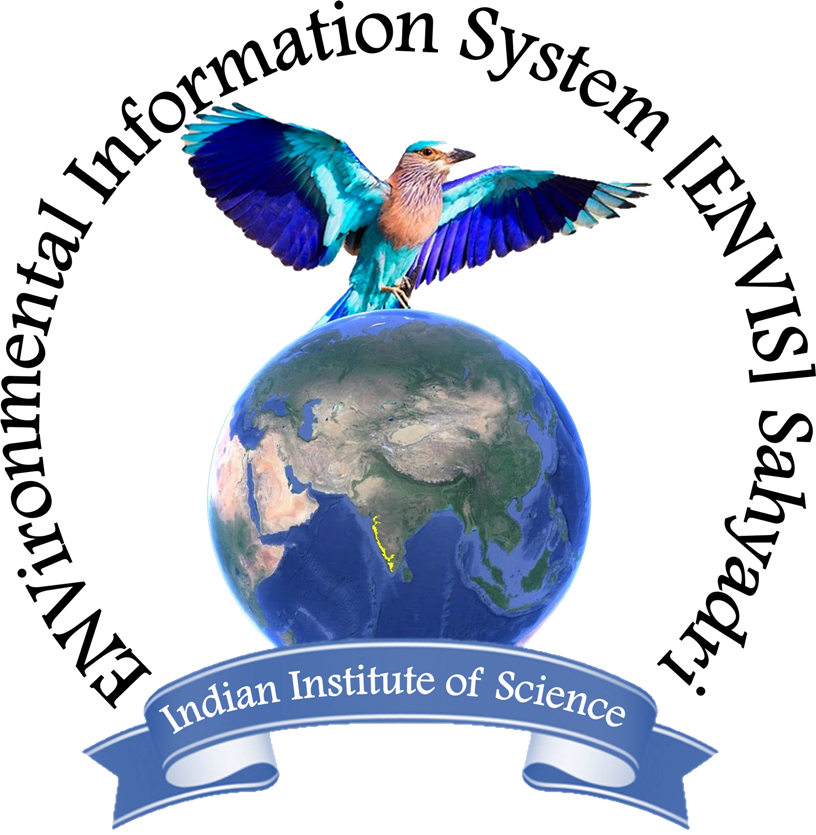The National Archives of India was set up in 1891 at Calcutta as the Imperial Record Department to act as the Central Record Office of the Government of India. At the time of its establishment, it was felt that a Central Library may also be set up as an adjunct of the Imperial Record Department and also act as the apex body to different Departmental Libraries. The proposal was accepted and a large number of Books. Periodicals and other government publications were transferred to the Central Library from various offices However in 1903, an Imperial Library (later redesignated National Library) was set up and most of the holdings of the Central Library were transferred to it, leaving behind duplicate copies.The Central Library which hereafter functioned as a “Spare Copy Room”, became the Library of the Imperial Record Department.
Following the decision to transfer the Imperial Record Department to Delhi, the books and publications in the Central Library were sorted out and classified into three groups viz: (i) those to be transferred to the Imperial Record Department in New Delhi, (ii) those to be transferred to the Imperial Secretariat Library (later Central Secretariat Library), and (iii) those which were to be disposed off. Accordingly, transfer of the material to the Imperial Record Department was completed in 1937 and the Library settled down in its new home.
Over the years, the Library has developed into a rich research oriented Library providing a wide range of services to scholars, trainees, government agencies, and other interested users. It presently has in its custody over 1.9 lakh publications comprising Rare books, Reports, Parliamentary Papers and Debates,Monographs, Gazettes, Gazetteers, Travelogues, Native Newspapers, Journals etc which constitute a most valuable supplementary source of information to the material contained among official records. These publications cover a variety of subjects like modern history and politics, culture, demography, archives, economics, social science, gender studies, tribal studies etc. With the rapid strides being made in information technology, the Library is gearing itself to adopt modern technology to facilitate the task of scholars and make its services more user friendly.
Objectives
- To collect the significant publications on Modern Indian History.
- To preserve the publications for research purpose.
- To serve as a supplement to the records housed in the National Archives of India.
- To disseminate information to its users.
- To serve as a epitome of national identity.
Services
- Online Public Access Catalogue
- DELNET services
- Reprographic Services
- CAS/SDI Services
- News paper clipping Services
- Reference / Referral Services
- E-library services
- Ask a librarian


